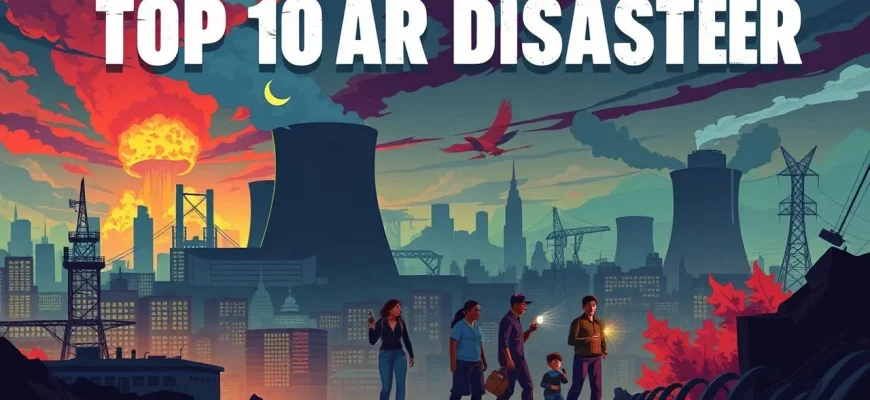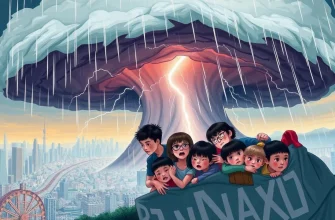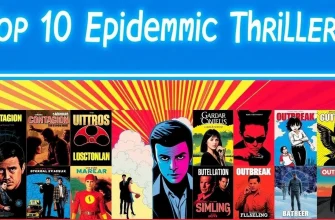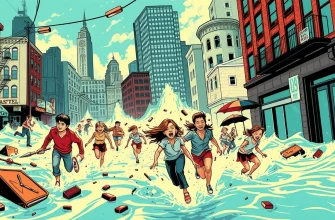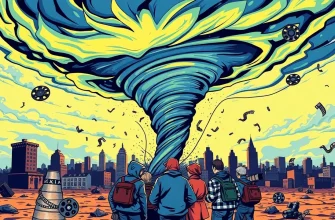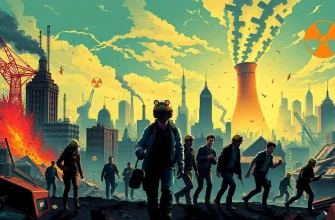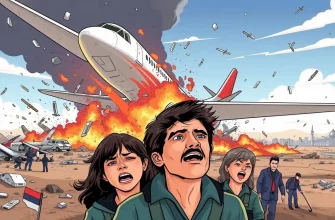This curated list of nuclear disaster thrillers delves into the harrowing scenarios where nuclear threats loom large, offering a blend of suspense, drama, and sometimes, a glimmer of hope. These films not only entertain but also serve as a stark reminder of the potential consequences of nuclear technology, making them both thrilling and thought-provoking for viewers interested in the genre.
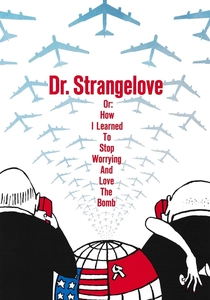
Dr. Strangelove or: How I Learned to Stop Worrying and Love the Bomb (1964)
Description: A satirical take on the nuclear arms race, this film uses dark humor to critique the absurdity of Cold War politics and the potential for accidental nuclear war.
Fact: Stanley Kubrick originally intended to make a serious film but switched to satire after reading "Red Alert."
 Watch Now
Watch Now
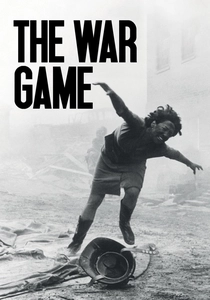
The War Game (1965)
Description: This pseudo-documentary style film simulates a nuclear attack on Britain, offering a stark, educational look at the potential consequences of nuclear war.
Fact: It was initially banned by the BBC for being too disturbing, but later won an Academy Award for Best Documentary Feature.
 Watch Now
Watch Now
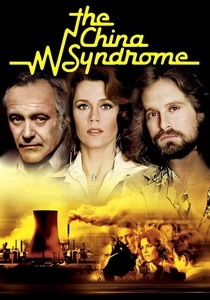
The China Syndrome (1979)
Description: While not directly about nuclear war, this film deals with a nuclear power plant meltdown, highlighting the dangers of nuclear technology and the cover-ups that can occur.
Fact: The film's release was eerily timed with the Three Mile Island accident.
 Watch Now
Watch Now
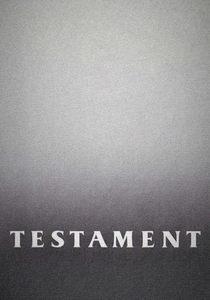
Testament (1983)
Description: This film focuses on the emotional and psychological impact of a nuclear attack on a small California town, emphasizing the human element over the spectacle of destruction.
Fact: It won the grand prize at the Sundance Film Festival in
 Watch Now
Watch Now
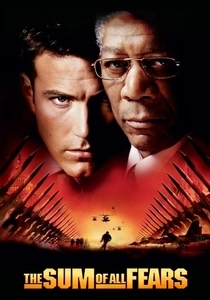
The Sum of All Fears (2002)
Description: Based on Tom Clancy's novel, this film explores the possibility of a nuclear terrorist attack during a summit between the US and Russia, showcasing the geopolitical tensions and the race to prevent disaster.
Fact: The film was released shortly after the 9/11 attacks, adding to its real-world relevance.
 Watch Now
Watch Now
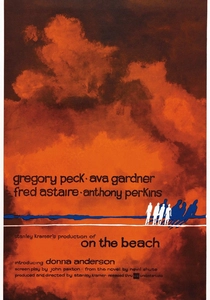
On the Beach (1959)
Description: Set in a post-apocalyptic world where the last remnants of humanity await their fate in Australia, this film explores themes of survival, hope, and human connection.
Fact: It was one of the first major films to deal with the aftermath of nuclear war.
 30 Days Free
30 Days Free
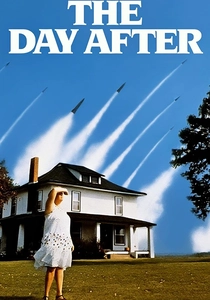
The Day After (1983)
Description: This TV movie portrays the aftermath of a nuclear war in the United States, focusing on the lives of ordinary people in Kansas City. Its realistic depiction of nuclear fallout made it a landmark film in the genre.
Fact: It was watched by over 100 million people upon its initial broadcast, sparking widespread public debate on nuclear war.
 30 Days Free
30 Days Free
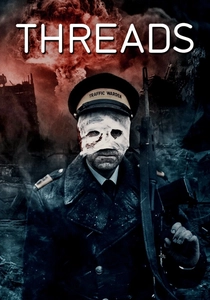
Threads (1984)
Description: A British television drama, Threads shows the effects of a nuclear attack on Sheffield, detailing the long-term societal collapse and human suffering. Its grim realism sets it apart in the nuclear disaster genre.
Fact: The film was so disturbing that it was banned from being shown on British television for several years.
 30 Days Free
30 Days Free
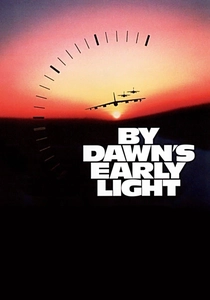
By Dawn's Early Light (1990)
Description: This TV movie depicts a scenario where a nuclear exchange between the US and the Soviet Union escalates, with a focus on the decision-making process in the aftermath.
Fact: It was based on the novel "Trinity's Child" by William Prochnau.
 30 Days Free
30 Days Free
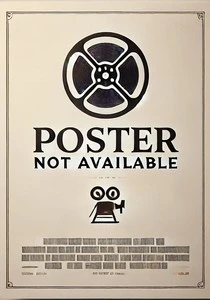
Fail-Safe (1964)
Description: A classic Cold War thriller where a technical malfunction leads to an accidental nuclear attack on the Soviet Union, exploring the tension and decision-making at the highest levels of government.
Fact: The film was remade as a live television broadcast in
 30 Days Free
30 Days Free

